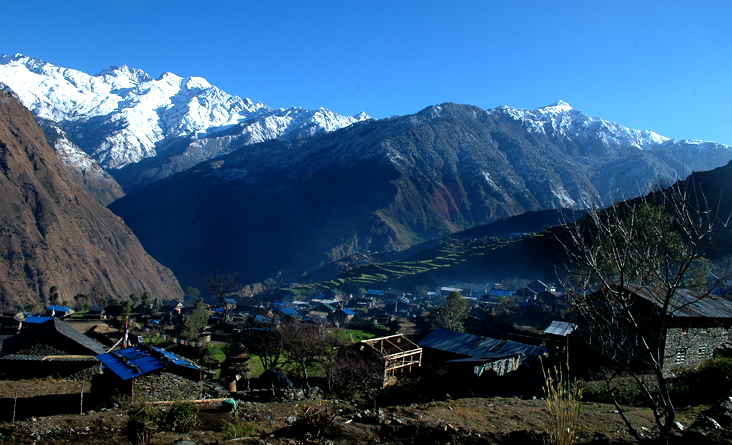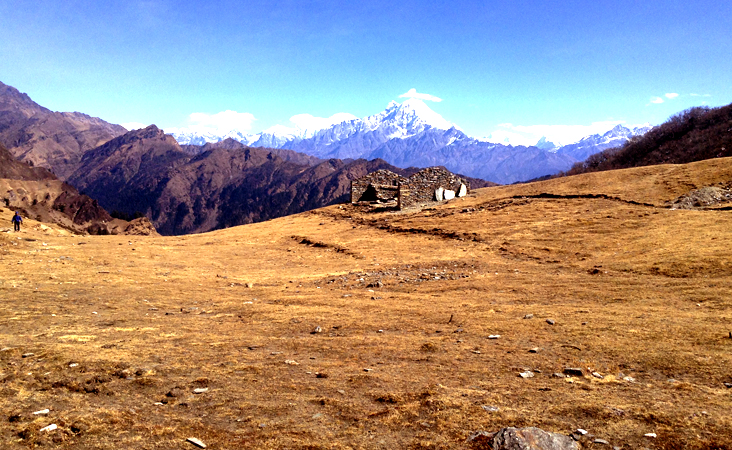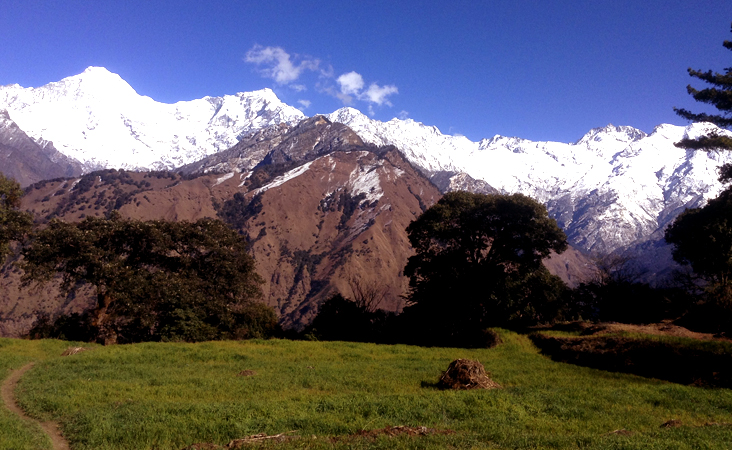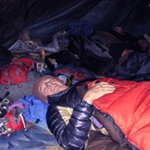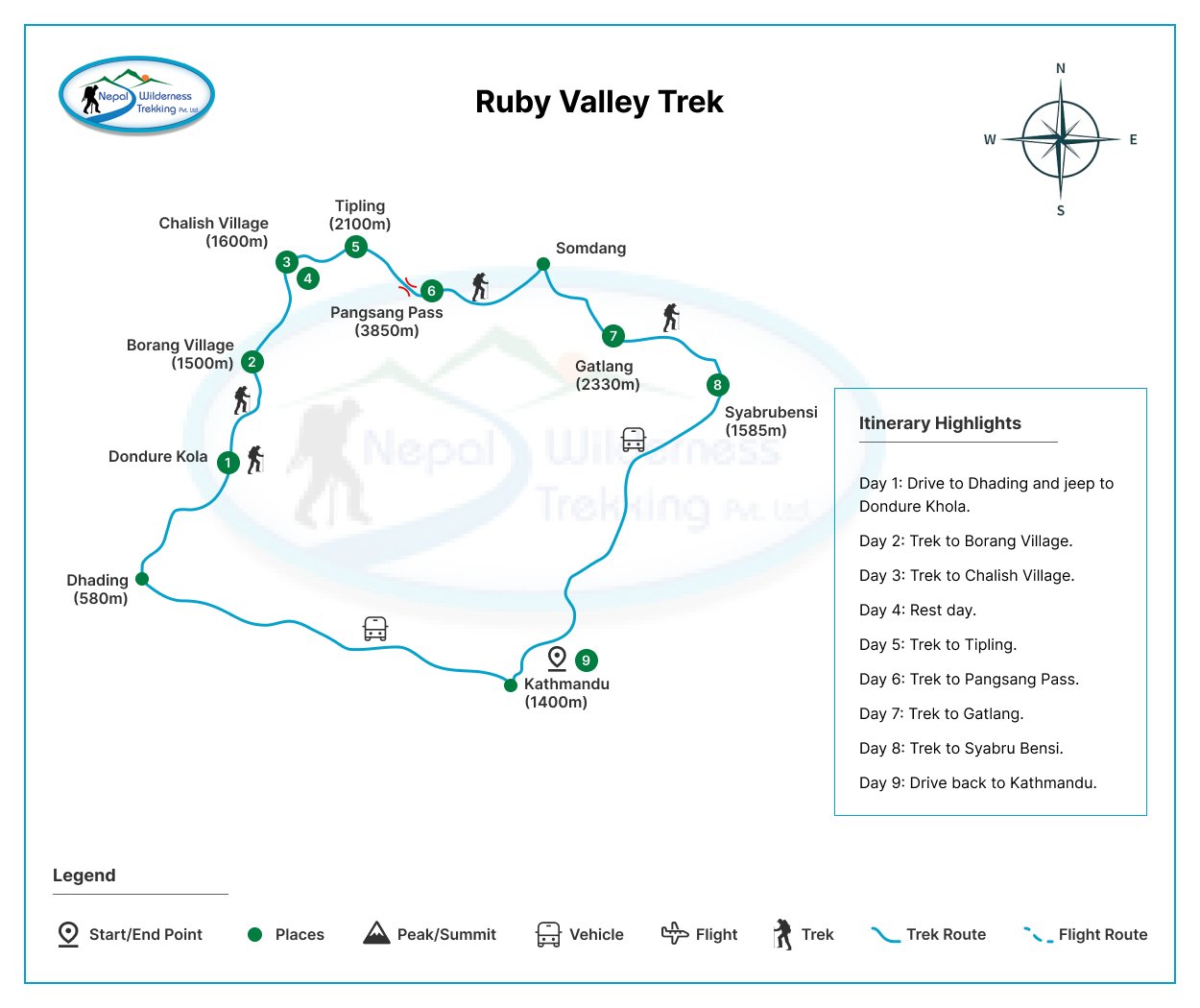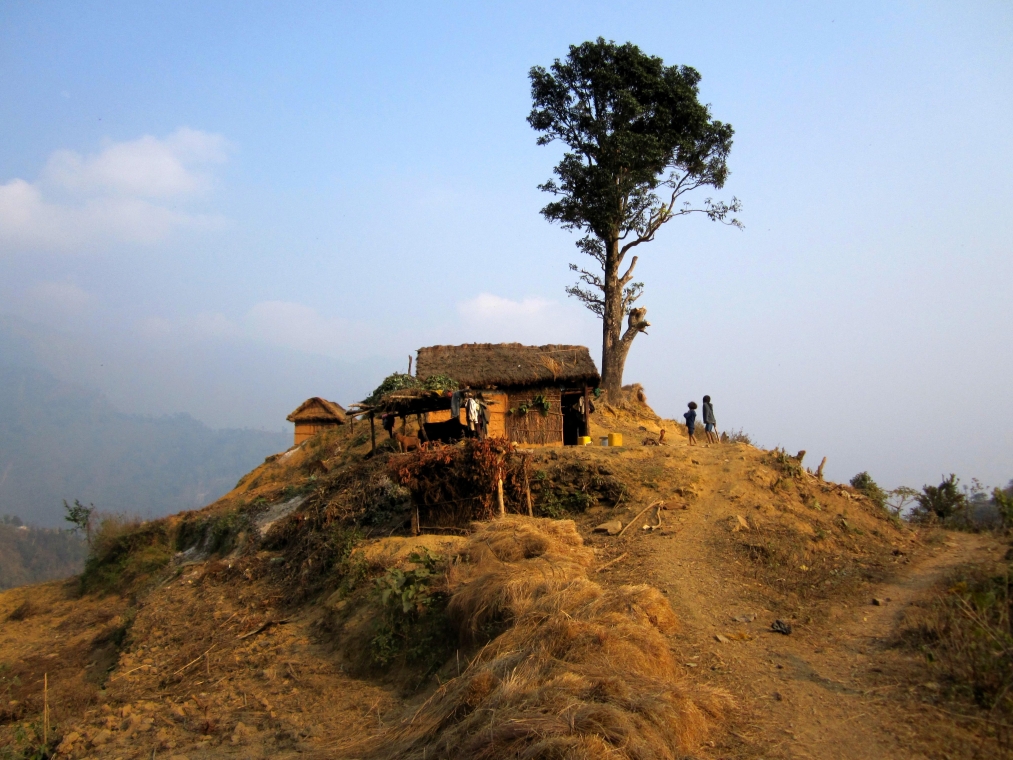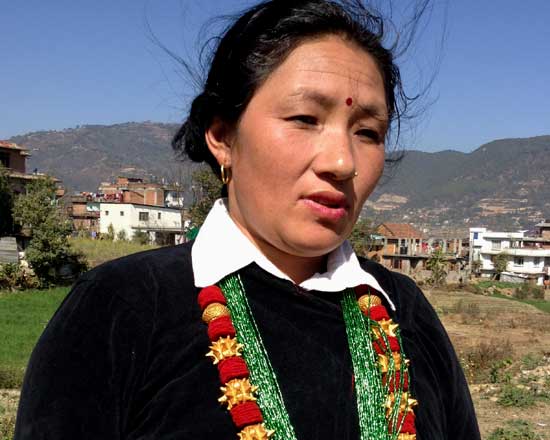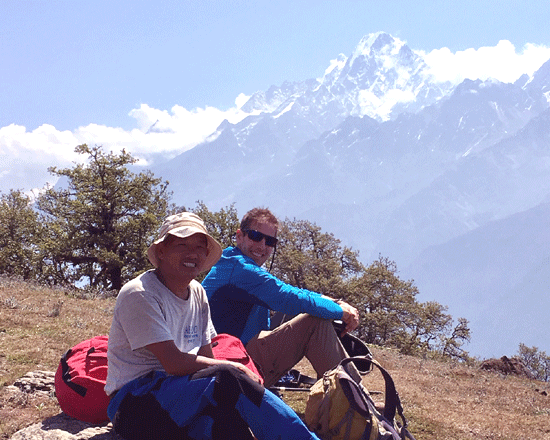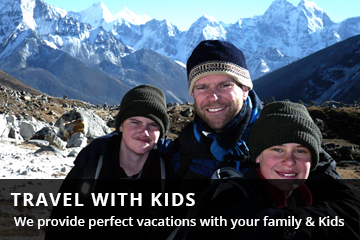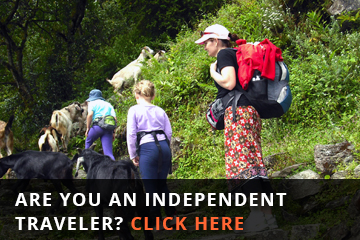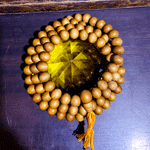
Ganesh Himal Ruby Valley Homestay/lodge trek Mar/Apr 2018
Nepal Wilderness Trekking again organized our private trek (also Langtang in October 2014) since we were happy with their service and we like their commitment to the wellbeing of their employees and the local communities where they operate. As before Himal Ghale, the owner arranged everything really well. They provided transportation, a guide, and a porter, all according to our preferences, and worked with us via email to map out an itinerary that was different from our usual. Oh, and he’s also a famous singer in Nepal! Lal was everything we had hoped for: a very friendly, caring, and joyful guide with a lot of experience and a deep understanding of geography, nature, and culture. We couldn’t have made it without him and we recommend him without any doubt. And our powerful young porter, Arun, helped us out when we had trouble crossing a pass after a long day… Small but solid trekking agency with lots of personal attention, highly recommended!
Robert & Mina Netherlands

